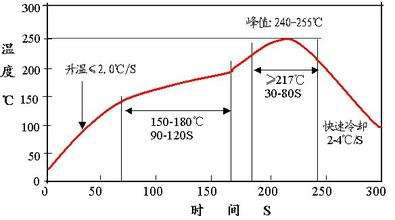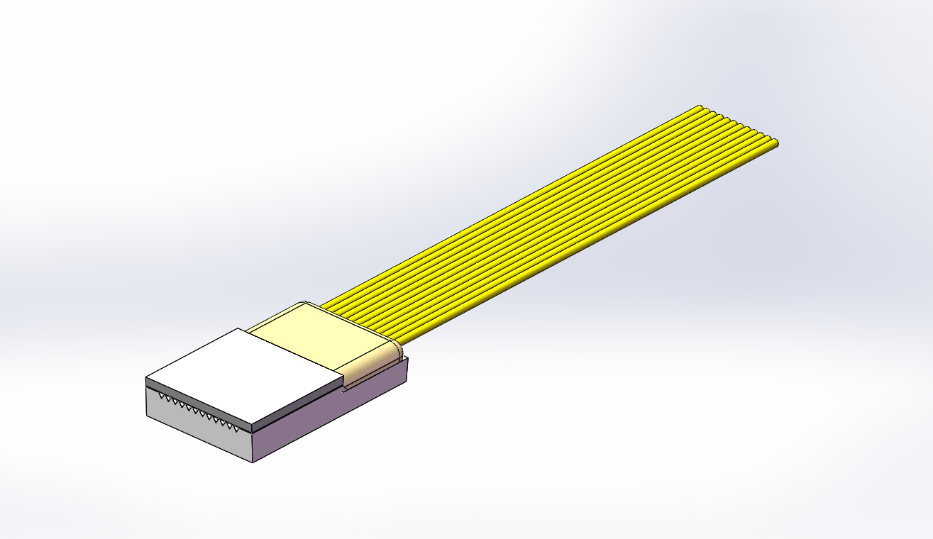Along with the development of high-speed optical transceivers, some optical fiber array is applied to the optical transceiver, as shown in figure 1, in the manufacturing process of a large-scale optical transceiver, the circuit part is normally assembled first, and then it will be bonded to optical components, but with the development of silicon photonic integration module, electronic components and optical ones need to be assembled synchronously to adapt to the production line where all the components in PCBA go through SMT, reflow and other manufacturing processes.

Figure1 Structure of 400G optical transceiver
Figure 2 shows a typical reflow temperature curve, it can be seen from the temperature curve that the highest temperature in this process can reach up to about 250℃, which is difficult for a regular fiber array to survive.

Figure2 Typical reflow temperature curve
To meet the demand for reflowable fiber array, Zhongshan MEISU developed a 260 ℃ high temperature resistant fiber array, (shown in figure 3 below), this fiber array is made with 300 ℃ high temperature resistant fiber. The regular acrylic resin coating is replaced with special coating that can withstand temperatures up to 300 ℃, and 260 ℃ high temperature resistant glue is used to bond fiber and glass together. All these making the fiber array 260 ℃ resistant.
For the fiber array resistant to 260℃, the fiber types can be single mode fiber bundle, multi-mode fiber and PM fiber array. If you are interested in knowing more, welcome to find out more information in the "Products" section.

Figure3 260℃ resistant fiber array
PICs From http://www.53179.net/a/yule/364.html